VALORANT is a tactical hero shooter with a twist, featuring a cast of characters—called agents—who bring unique sets of abilities and playstyles. Riot Games categorizes them into four classes, each with a distinct role, to make it easier for players to make a balanced team from the roster.
There are 26 agents in VALORANT, covering four classes: duelists, controllers, initiators, and sentinels. Here’s what these classes offer and the list of agents that fall under them.
Duelists
- Jett
- Phoenix
- Neon
- Raze
- Reyna
- Yoru
- Iso
Duelists are self-sufficient fraggers. They’re the agents that create some of the most impact by offering aggression to a team comp.
A duelist seeks out engagements and frag, whether finding the opening pick or clutching out a round. Usually equipped with mobility, deterrents, flashes, and decoys, they are responsible for helping the team make space. Players often associate this role with having a high kill score, but that isn’t true. As crucial as securing kills is, duelists can’t take space without the support of other classes. After all, it’s a team game.
Controllers
- Astra
- Brimstone
- Omen
- Viper
- Harbor
- Clove
Controllers are experts in slicing up dangerous territory to set their team up for success. All controllers come with some form of smokes, which can be used to offensively or defensively block off a target’s vision. They can also slow, stun, or blind. Uniquely, Clove can deploy smokes after dying.
Initiators
- Breach
- Gekko
- KAY/O
- Skye
- Sova
- Fade
- Tejo
Initiators are primarily responsible for gathering intel and clearing out angles, helping their team’s duelists make space. They are supportive agents who excel on offense and usually set up their teammates for success rather than making independent plays. Breach, Gekko, KAY/O, and Skye offer flashes or stuns in one form or another, while Sova and Fade can mark enemy locations. On the other hand, Tejo can offer a combination of the best initiating abilities with his ballistic guidance system, making him a strong pick in the current meta.
Sentinels
- Chamber
- Cypher
- Deadlock
- Killjoy
- Sage
- Vyse
Sentinels are defensive experts who can lock down areas and watch flanks on attack and defender rounds. These agents are crucial in a game dedicated to planting or defusing the Spike, helping their team anchor sites. Chamber, Cypher, Deadlock, and Killjoy can hold down sites with their gizmos and gadgets, while Sage can stop pushes and rotations with slows and barricades. Vyse, meanwhile, has a pretty unique kit, which lets her trap and punish enemies in ways no other sentinel can—even jam their weapons for a change.
What should an ideal VALORANT team comp look like?
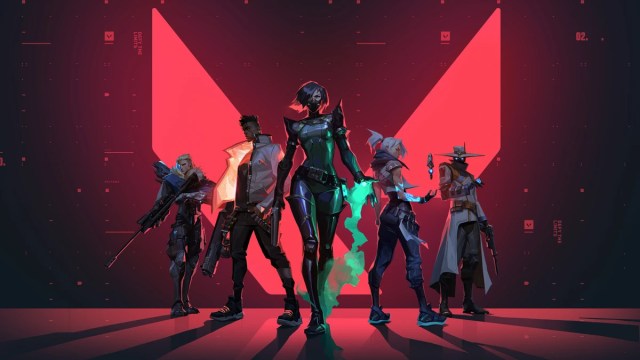
A well-rounded VALORANT team would typically consist of at least one of each of these classes, adding something different to the composition and offering offensive and defensive capabilities. But leaving out a class isn’t uncommon either, especially in pro play. Similarly, playing two agents of the same class is a popular trend, too.
Double controller and initiator comps can offer incredible impact in ranked VALORANT games. While they are common picks in pro play, the average ranked player would rather go for a double duelist comp. Two duelists in a team isn’t necessarily bad, but it can backfire if the enemy team has a higher number of support agents.
Team comps also depend on the VALORANT map. For example, Viper is great on Breeze and Icebox, but she isn’t popular on maps like Ascent—unless it’s pro teams like LOUD and Paper Rex who love playing her as a pseudo-sentinel almost everywhere.



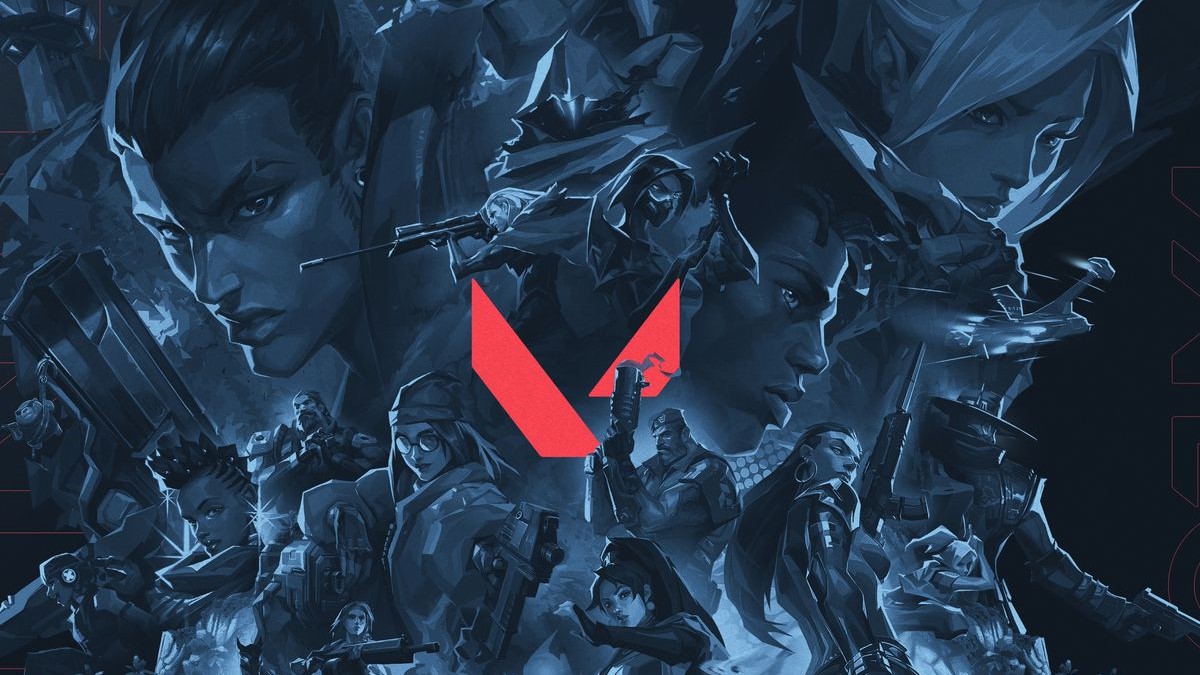
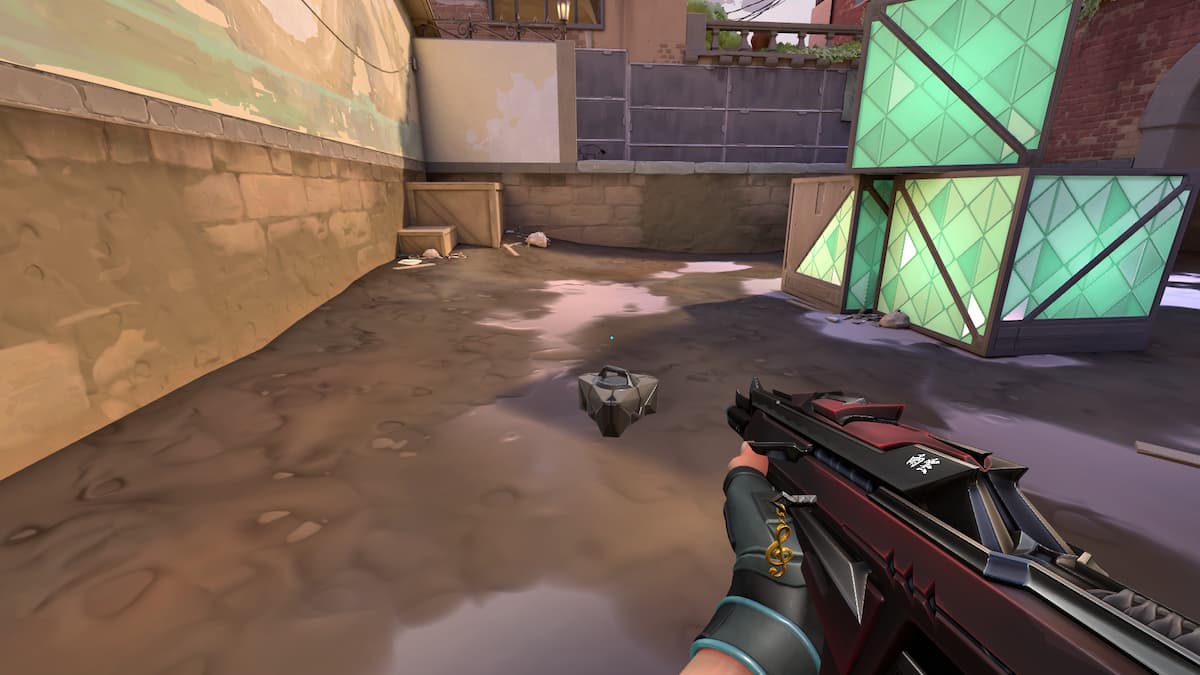

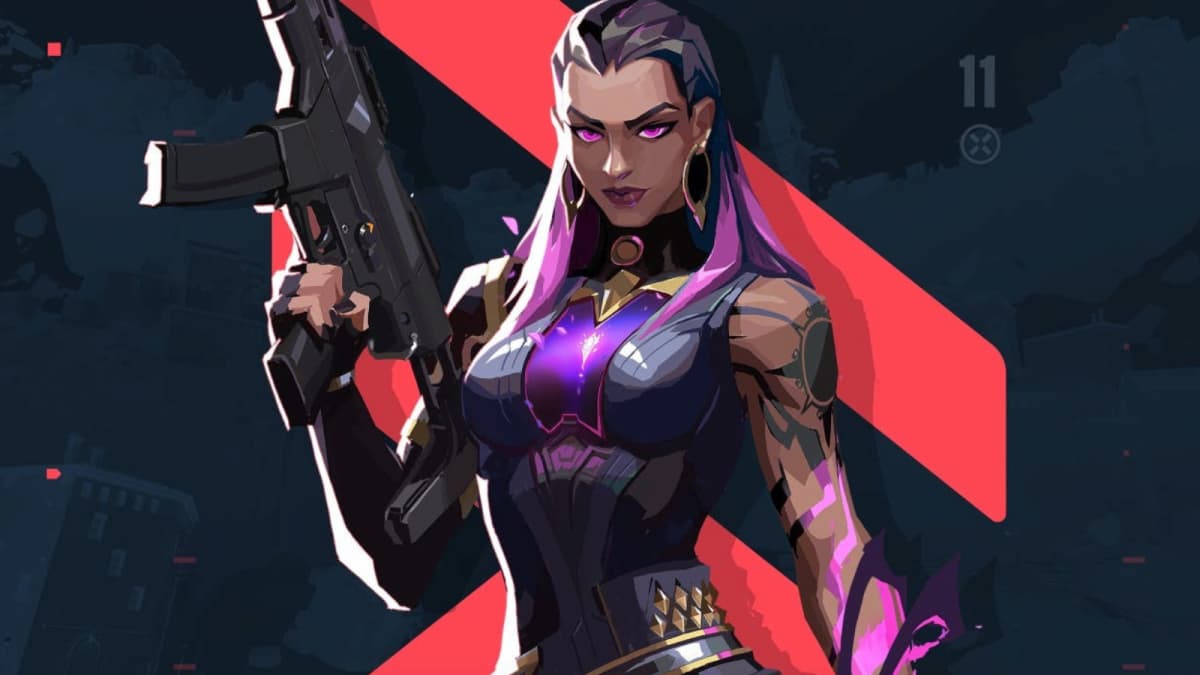
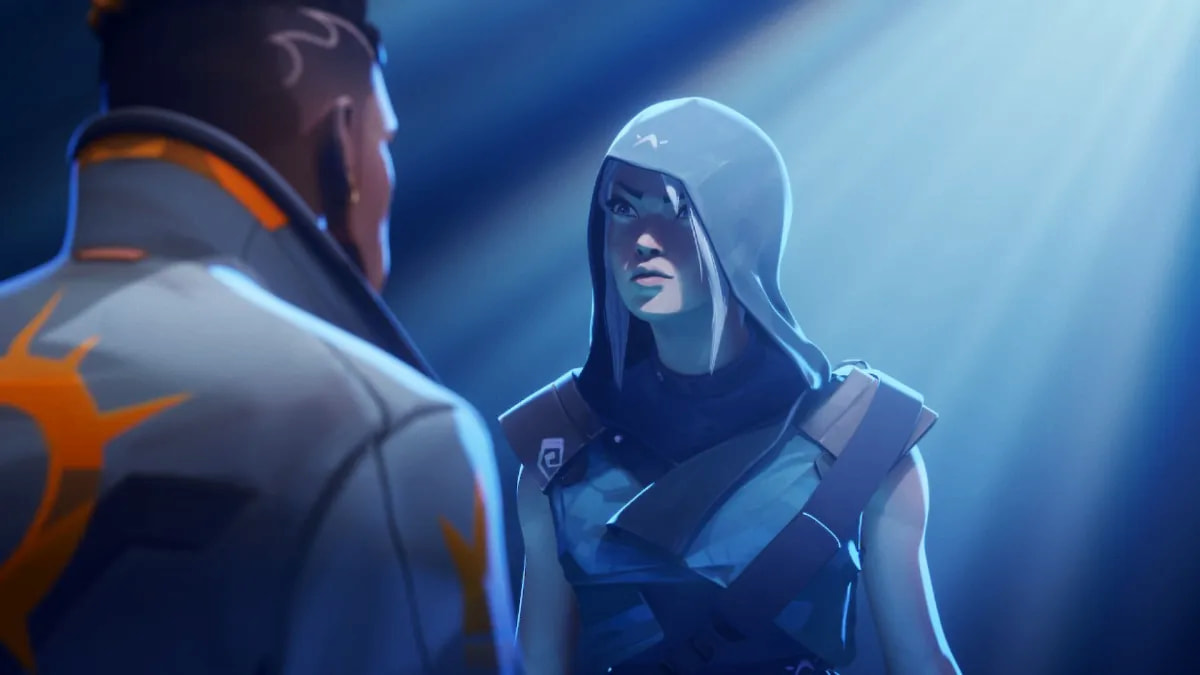
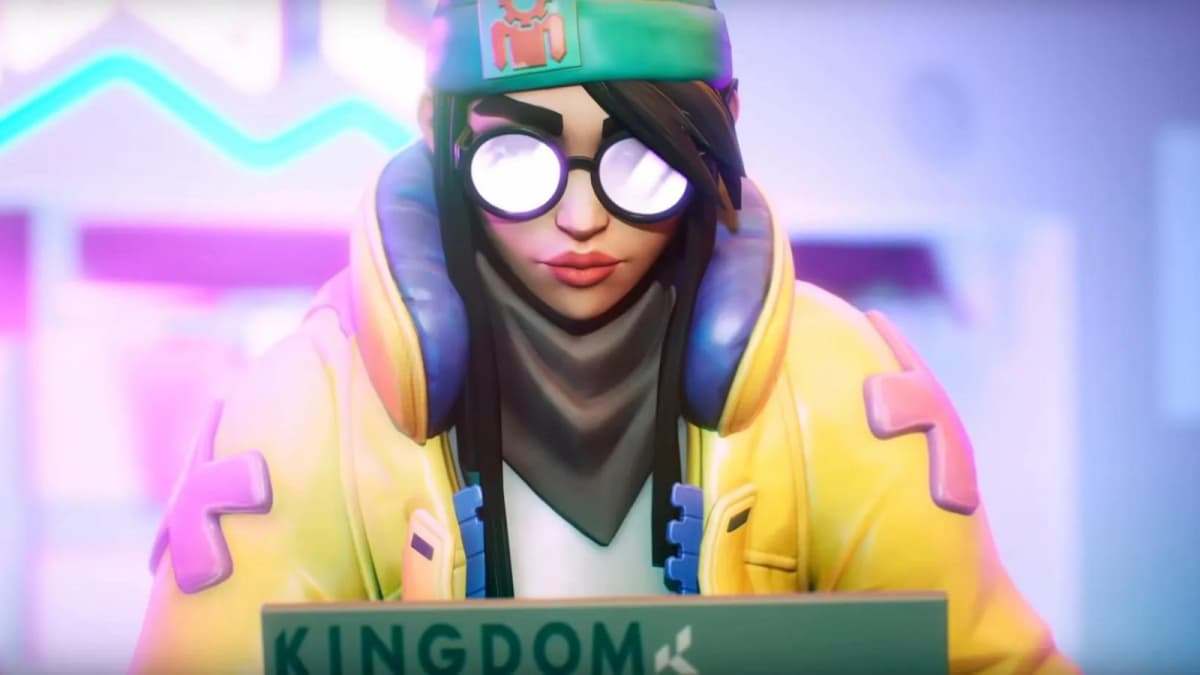
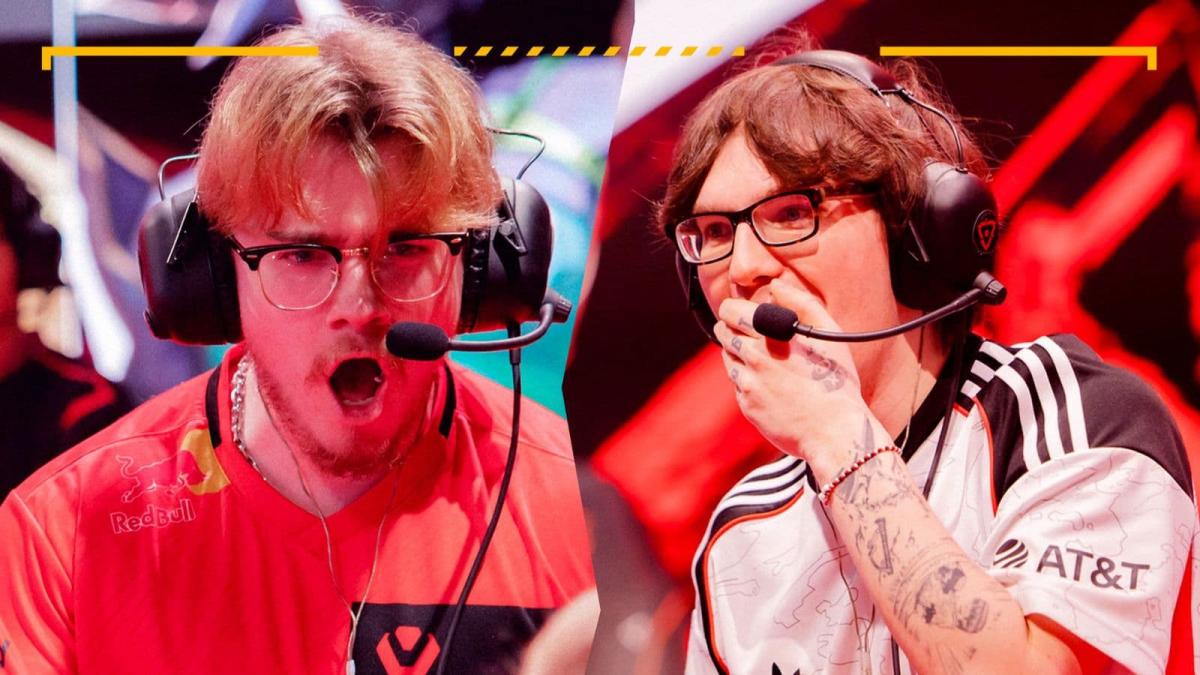
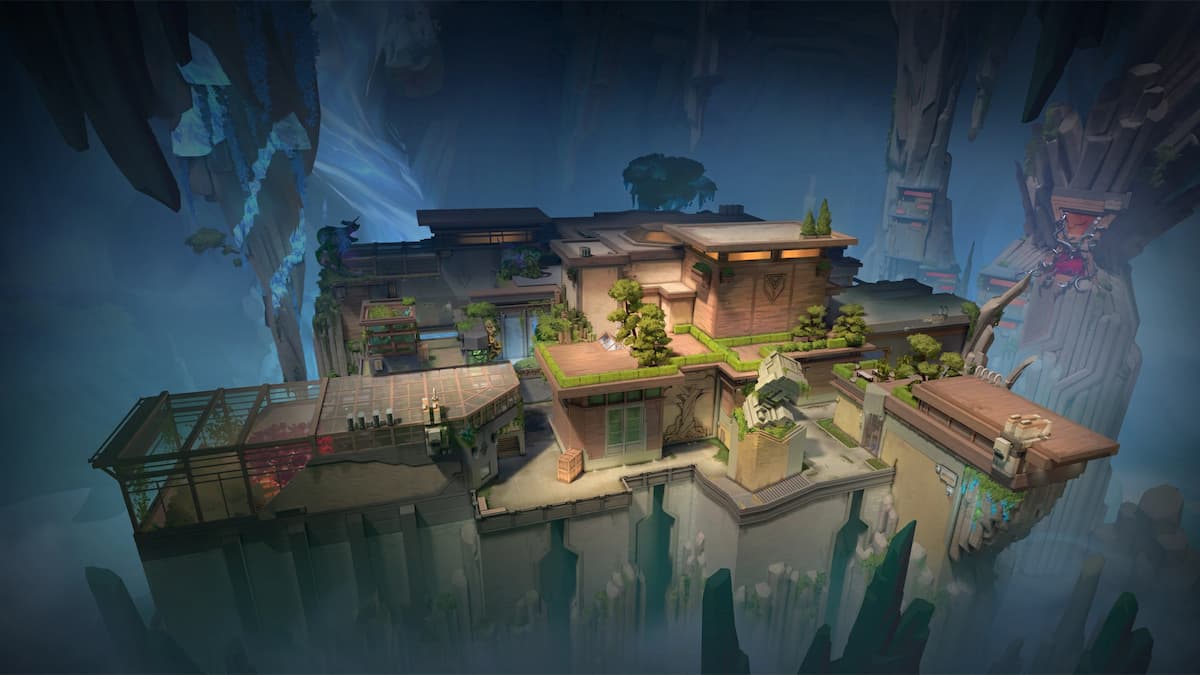
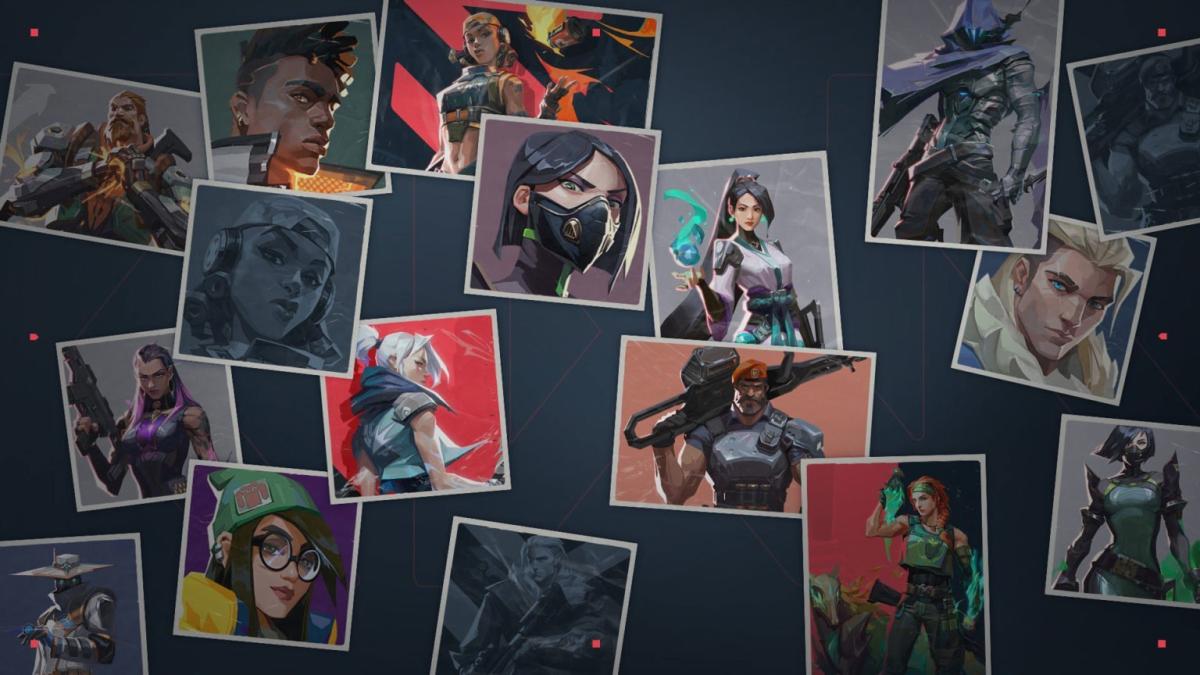

Published: Jan 14, 2025 07:42 am